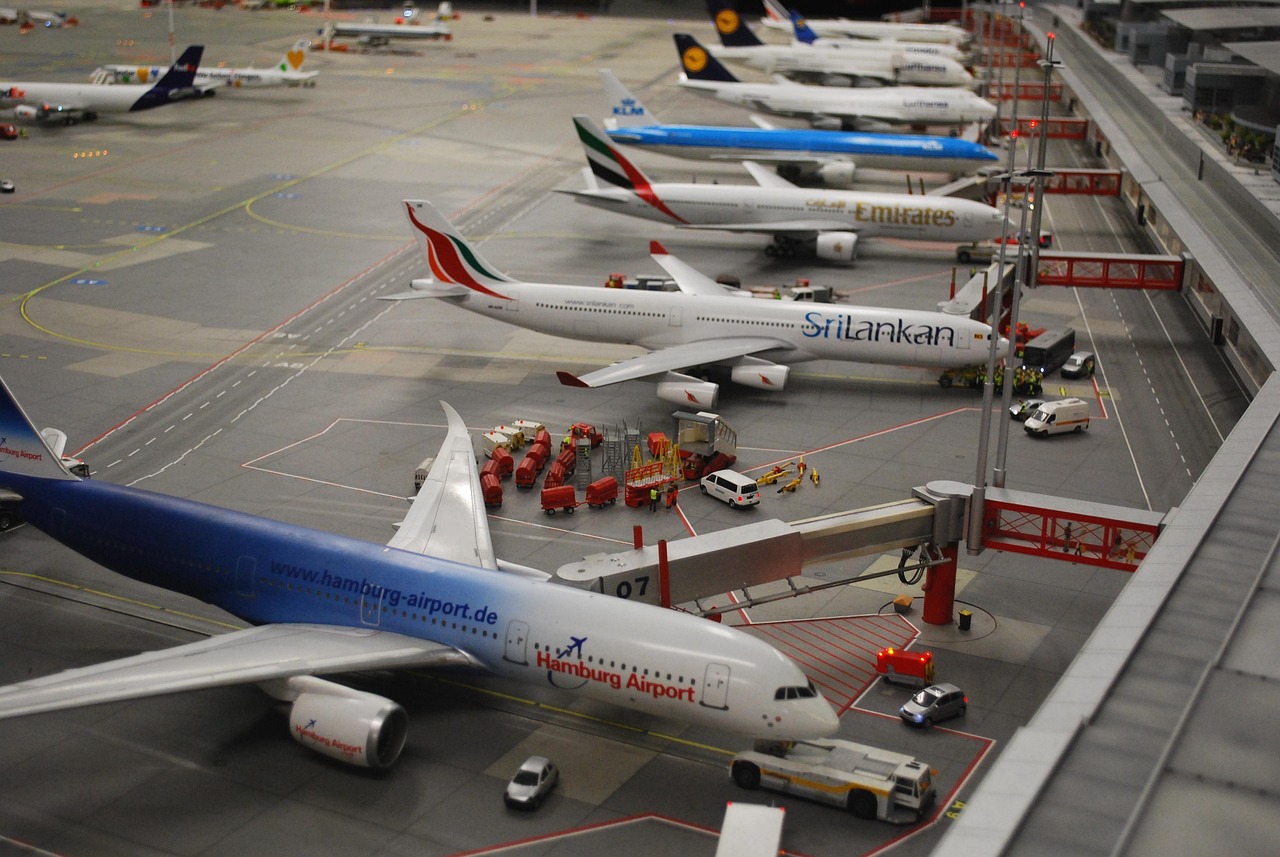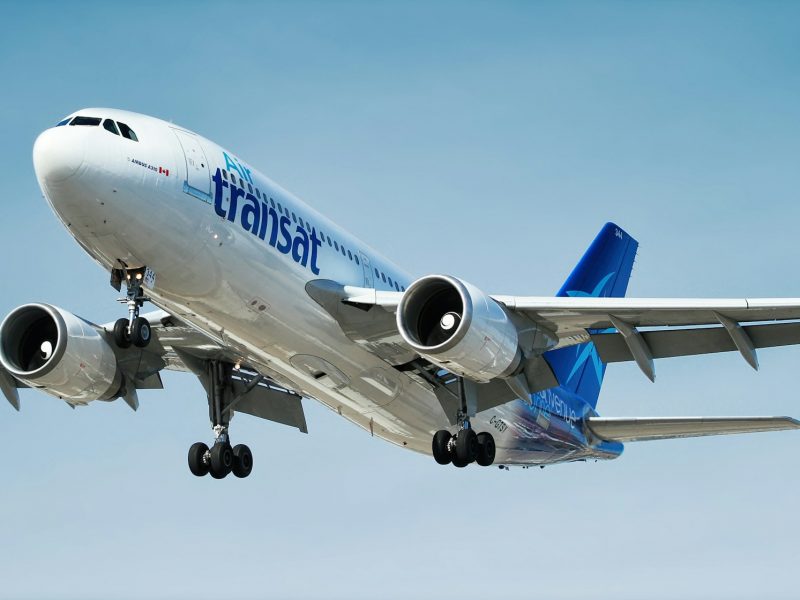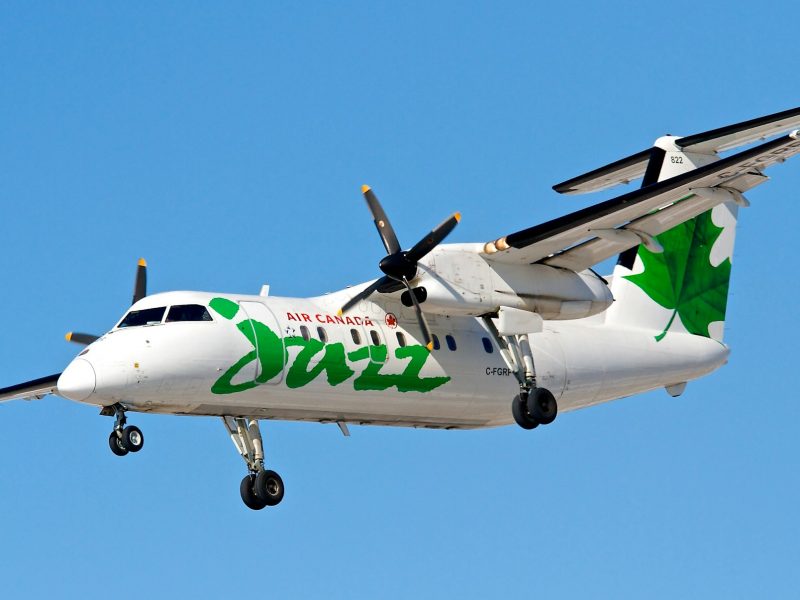As airlines continue to tighten their belts and increase baggage fees, travelers are getting creative to cut costs. A new travel hack is now making the rounds, sparking debate among frequent fliers and airline staff alike.
A New Trick to Bypass Carry-On Costs
A clever method known as the “pillow hack” has gone viral, promising a way to bring extra luggage on board for free. For travelers often facing strict and costly baggage limitations, this could be a game-changing solution. The question of what can be brought on board without charge has become a major point of frustration. In recent years, most economy airlines have revised their carry-on policies, and not in the passenger’s favor. The basic fare now typically includes only a small personal item, often limited to dimensions like 16 x 12 x 8 inches, which is barely enough space for an outfit, toiletries, and personal items for more than a single day.
This has led passengers to find new loopholes. While some airlines are now classifying neck pillows as a separate carry-on item, most still allow them on board for free. This is where the hack comes in. As seen in popular TikTok videos, travelers are stuffing clothing and other soft items into an empty pillowcase, zipping it up, and carrying it on board as a simple travel pillow. This allows them to bring items that would otherwise not fit in their regulated carry-on or checked luggage.
Navigating the Risks and Airline Rules
While the pillow hack might work on some flights, travelers should proceed with caution, as policies can vary significantly from one airline to another. Travel experts advise passengers to always check the specific baggage regulations of their carrier before flying. These increasingly strict carry-on rules have also drawn criticism from consumer advocacy groups, who have already filed complaints with the EU Commission.
To avoid issues at the security checkpoint, the contents of the “pillow” should consist only of clothing. It’s also recommended to keep the size similar to a standard neck or travel pillow; a full-sized bed pillow is likely to attract unwanted attention. Furthermore, travelers should be prepared for their pillow to be opened and inspected by security agents. Airlines are intensifying their carry-on checks, paying closer attention to both the size and number of items passengers bring on board.
Ignoring these rules can be a costly mistake. The fees for oversized or excess baggage can be steep, with budget carriers like Ryanair charging upwards of €75—a penalty that can sometimes exceed the cost of the flight itself. Passengers are urged to read the fine print of their airline’s travel conditions to avoid any unpleasant surprises at the gate.
Unseen Safety: Decoding In-Flight Announcements
While passengers focus on bending the rules for cost and convenience, other airline regulations are strictly enforced for a far more critical reason: safety. Here’s a look at the real reasons behind some common crew commands.
The Real Reason Your Window Shade Must Be Open
Just as you get comfortable in your window seat and pull down the shade to block the bright light, a flight attendant asks you to open it again for takeoff or landing. This isn’t about the view; it’s a critical safety measure.
Takeoff and landing are statistically the two most high-risk phases of any flight. During these critical moments, it is essential that the crew can monitor conditions both inside and outside the aircraft. While flight attendants have a clear view of the cabin from their jump seats, their view outside is often limited to a small window on the door. Therefore, passengers are crucial. With the window shades up, passengers become an extra set of eyes for the crew. They can spot and immediately report external dangers, such as smoke or fire from an engine, that the crew might not otherwise see.
Why the Cabin Lights Go Dim
Another standard procedure before a nighttime takeoff or landing is the announcement that the cabin lights will be dimmed or turned off completely. This is also a safety protocol. By dimming the interior lights, the crew ensures that the eyes of everyone on board—both passengers and crew—adjust to the low-light conditions outside. In the unlikely event of an emergency that requires an evacuation, this pre-adjustment helps prevent disorientation and allows people to see emergency exit paths more clearly. Once the aircraft has safely taken off or landed, the cabin lights are brought back up, which also signals that it is safe to leave your seat.
When You’re Asked to Close the Blinds
Conversely, there are times during a flight when the crew may ask you to do the opposite and close your window shade. This typically happens on long-haul night flights when the sun begins to rise while most of the cabin is still sleeping. In this case, the request is purely for passenger comfort, allowing everyone to get as much rest as possible without being awakened by the bright morning sun.


